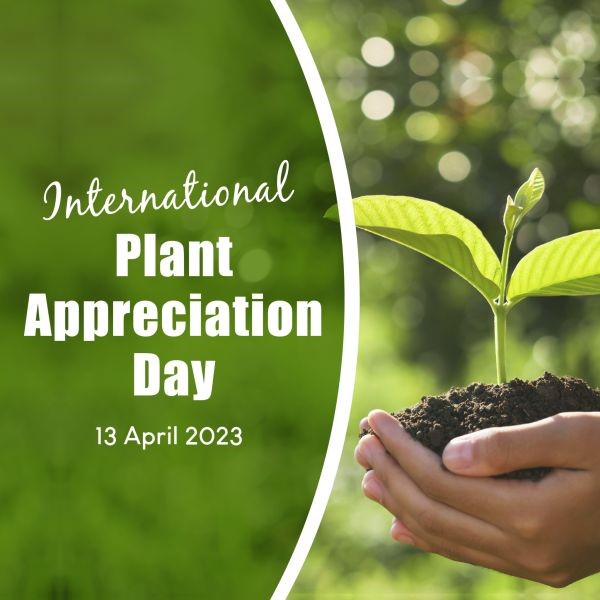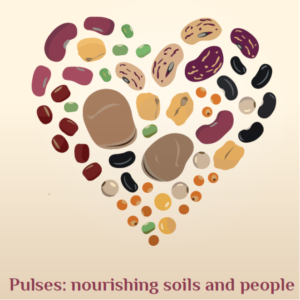Regeneration of germplasm
Regeneration is the renewal of germplasm accessions by sowing and harvesting seeds that possess the same characteristics as the original sample. Germplasm regeneration is considered as the most critical operation in genebank management. Germplasm regeneration involves risks to the genetic integrity of germplasm accessions due to selection pressures, out-crossing, mechanical mixtures and other factors.
Germplasm is regenerated for the following purposes: Initial seed increase for new materials received as donations, where the quantity of seeds received by the genebank is often insufficient for direct conservation. Replenishing seed stocks in active and base collections that have: low viability; or insufficient stocks for distribution, conservation, or for regeneration of active collections from original seeds in a base collection.
Regeneration standards for the crops are used to ensure that the seeds stored in base collections do not fall below acceptable levels of viability and to minimize the number of regeneration cycles to ensure that the genetic integrity of accessions is maintained. Genebank undertake regeneration when the viability falls to 85% of the initial value. Normally genebank regenerate the active collection from original seeds if possible or from its offspring within two cycles of regeneration to ensure that genetic integrity is maintained.
At present genebank has regenerated about 20% of the 3445 seed accessions conserved under long term storage conditions, and about 50% of the remaining accessions needs to be regenerated.


